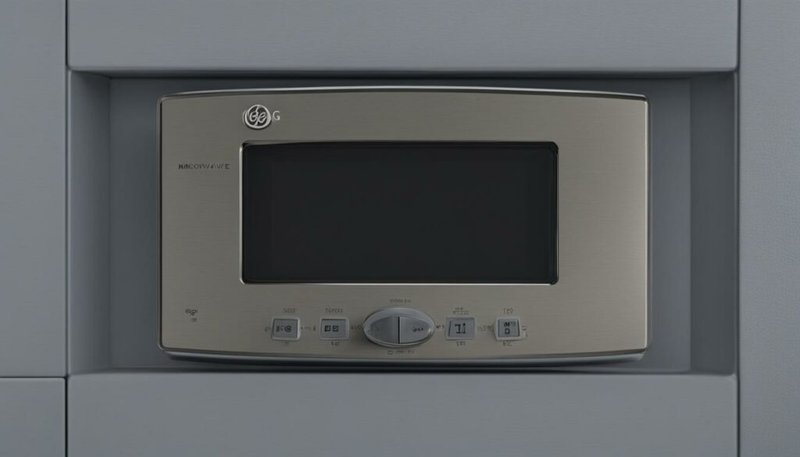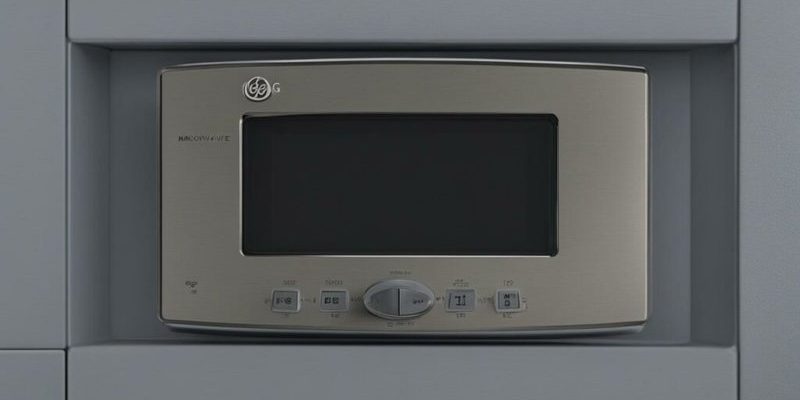
So, what exactly does this “SE” code mean, and more importantly, is it covered by your warranty? Understanding warranties and error codes can feel like trying to decode a lengthy contract filled with legal jargon. But don’t worry—think of this article as your friendly guide through the sometimes perplexing world of appliance maintenance. We’ll break down the “SE” error code and explore the ins and outs of your warranty coverage, all in easy-to-digest bites.
Understanding the GE Microwave Error Code SE
You might be wondering, “What on earth does this ‘SE’ code mean?” Well, when your GE microwave displays an “SE” error code, it’s a signal that something’s amiss with the touchpad or control board. It’s like your microwave is waving a tiny red flag saying, “Hey, I need some attention here!” Much like how a car dashboard lights up when your engine needs a check, the “SE” error code is your microwave’s way of communicating that there’s an issue.
Now, let’s break it down further. The touchpad is essentially the microwave’s interface—it’s how you tell it what to do. If there’s a glitch in this system, it’s akin to trying to communicate with someone when you’ve got a poor phone signal. This can sometimes be due to moisture, debris, or simply wear and tear. The control board, on the other hand, is like the brain of your microwave. If there are issues here, it’s as if your microwave’s brain is having a momentary lapse, causing functions to misfire.
Understanding this code is crucial for your next steps. Knowing whether the problem is minor or might require professional repair helps you decide what to do next and whether you need to delve into that warranty booklet.
What Warranties Typically Cover
So, how does a warranty come into play here? Imagine your warranty as a safety net designed to catch you if things go wrong with your microwave. Most warranties aim to cover manufacturer defects—think of them as a promise from GE that if the microwave has a hiccup that’s no fault of yours, they’ve got your back.
Generally, microwave warranties cover defects in materials and workmanship. This means if your appliance has a flaw because it wasn’t put together quite right, or if using it under normal conditions reveals a hidden defect, you might be eligible for repairs or a replacement. However, it’s key to note that warranties usually don’t cover issues caused by misuse, neglect, or accidental damage—just like how a shoe warranty wouldn’t cover wear from skateboarding when used as intended for walking.
But remember, not all warranties are created equal. The coverage can vary based on the model and the type of warranty you have. It’s always a good idea to check the fine print, which, though it might sound dull, can often hold the key to knowing exactly what you’re entitled to in terms of repairs or replacements.
Is the “SE” Error Code Covered Under Warranty?
Now, let’s address the million-dollar question: is the “SE” error code covered under your warranty? The answer can depend on a few factors, but let’s tackle it one step at a time. If the error code is a result of a manufacturing defect, such as faulty wiring or a defective touchpad, then there’s a good chance it could be covered. Think of it as part of the safety promise mentioned earlier.
However, if the error is due to external factors, like liquid seeping into the touchpad after a spill, or environmental conditions such as excessive humidity, the coverage might be less straightforward. It’s similar to car insurance not covering a fender bender you caused; if the problem stems from how the microwave was used or its environment, coverage might be excluded.
The best course of action? Contact GE’s customer service or check your specific warranty details to understand your coverage better. Representatives can guide you on whether a repair would be covered, and they might even be able to troubleshoot the problem over the phone.
Next Steps and Preventative Tips
Now that you have an understanding of the “SE” error code and warranty coverage, it’s time to take action. If you suspect a defect, reach out to GE support. They can provide guidance and possibly arrange for a technician to assess your microwave if it’s deemed necessary. It’s better to get professional advice rather than playing guessing games with appliance repairs.
In terms of prevention, treat your microwave’s control panel with care. Avoid using excessive force, and keep it clean by gently wiping it down with a damp cloth. Allow your microwave to dry thoroughly to prevent moisture from sneaking into the control panel—a little TLC can go a long way.
To wrap things up, don’t let that “SE” error code make you feel like you’re stuck in a maze. With the right knowledge and a little help from your warranty, you’ll be back to heating up those leftovers in no time. Remember, your microwave wants to work for you, and with a bit of understanding, you can ensure it continues to do just that.
